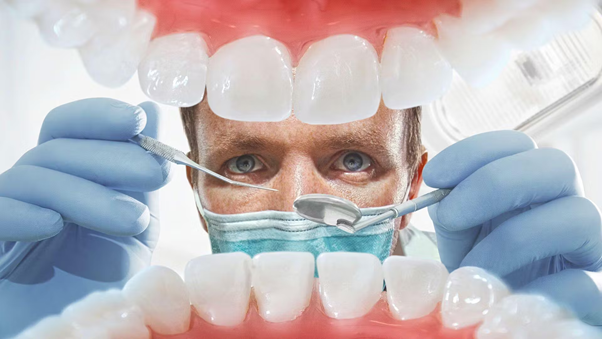Dental implants have revolutionized the field of restorative dentistry, offering patients a long-lasting solution for tooth loss. Among the various implant options available, the Hybridge implant system has gained significant attention for its innovative approach to restoring smiles. This article explores the essential role dentists play in the Hybridge implant process, detailing the steps involved and what patients need to know to make informed decisions.
Understanding Hybridge Implants
Hybridge implants are designed to provide patients with a complete tooth replacement solution that combines the benefits of dental implants and prosthetic teeth. This unique system involves strategically placing dental implants to support a full arch of replacement teeth, offering improved aesthetics and function. The Hybridge method is particularly beneficial for patients who have lost most or all of their teeth in a dental arch, as it can restore not just individual teeth but an entire smile.
The Dentist’s Role in the Hybridge Implant Process
Initial Consultation and Assessment
The journey to receiving Hybridge implants begins with an initial consultation with a qualified dentist. During this appointment, the dentist evaluates the patient’s oral health, discusses their dental history, and performs a thorough examination of the mouth. This assessment often includes diagnostic imaging, such as X-rays or 3D scans, to determine the condition of the jawbone and surrounding structures.
The dentist will also discuss the patient’s goals and expectations, ensuring they understand the benefits and limitations of the Hybridge implant system. This open communication is crucial for setting realistic outcomes and preparing patients for the procedures ahead.
Treatment Planning
Once the initial assessment is complete, the dentist will create a personalized treatment plan tailored to the patient’s specific needs. This plan outlines the number of implants required, the type of materials to be used, and the overall timeline for the procedure. The dentist collaborates closely with dental specialists, such as oral surgeons and prosthodontists, to ensure a comprehensive approach to the treatment.
Surgical Procedure
The next phase of the Hybridge implant process involves the surgical placement of the dental implants. The dentist, often in conjunction with an oral surgeon, performs this procedure, which may involve the following steps:
- Anesthesia: Local anesthesia or sedation is administered to ensure the patient is comfortable throughout the procedure.
- Implant Placement: The dentist carefully places the titanium implants into the jawbone. These implants serve as the foundation for the Hybridge prosthetic teeth.
- Healing Period: After the implants are placed, a healing period is necessary to allow the implants to integrate with the jawbone. This process, known as osseointegration, typically takes several months.
Temporary Solutions and Follow-Up Care
During the healing period, the dentist may provide patients with temporary prosthetic teeth to maintain aesthetics and function while the implants heal. Regular follow-up appointments are essential during this phase to monitor healing and address any concerns the patient may have.
Final Restoration
Once the healing process is complete, the dentist will take impressions and measurements to create the final Hybridge prosthetic teeth. These custom-made restorations are designed to fit securely onto the dental implants, providing a natural appearance and optimal function.
The dentist plays a critical role in ensuring that the final restoration aligns with the patient’s facial aesthetics and functional requirements. This includes making adjustments as necessary to achieve the perfect fit and appearance.
Patient Education and Maintenance
Educating patients about the care and maintenance of their Hybridge implants is another vital aspect of the dentist’s role. After the final restoration, the dentist will provide guidance on proper oral hygiene practices and recommend regular dental check-ups to monitor the condition of the implants and surrounding tissues.
Patients should understand that while Hybridge implants are designed for longevity, maintaining good oral health is crucial for their success. This includes brushing and flossing regularly, avoiding harmful habits like smoking, and adhering to scheduled dental visits for professional cleanings and evaluations.
Conclusion
The Hybridge implant process represents a significant advancement in restorative dentistry, offering patients a comprehensive solution for tooth loss. Dentists play an integral role at every stage of this process, from initial consultation to final restoration and ongoing maintenance. By understanding the responsibilities of dentists in the Hybridge implant journey, patients can feel more confident in their decision-making and the care they will receive. With the right dental team, achieving a beautiful and functional smile is within reach.

